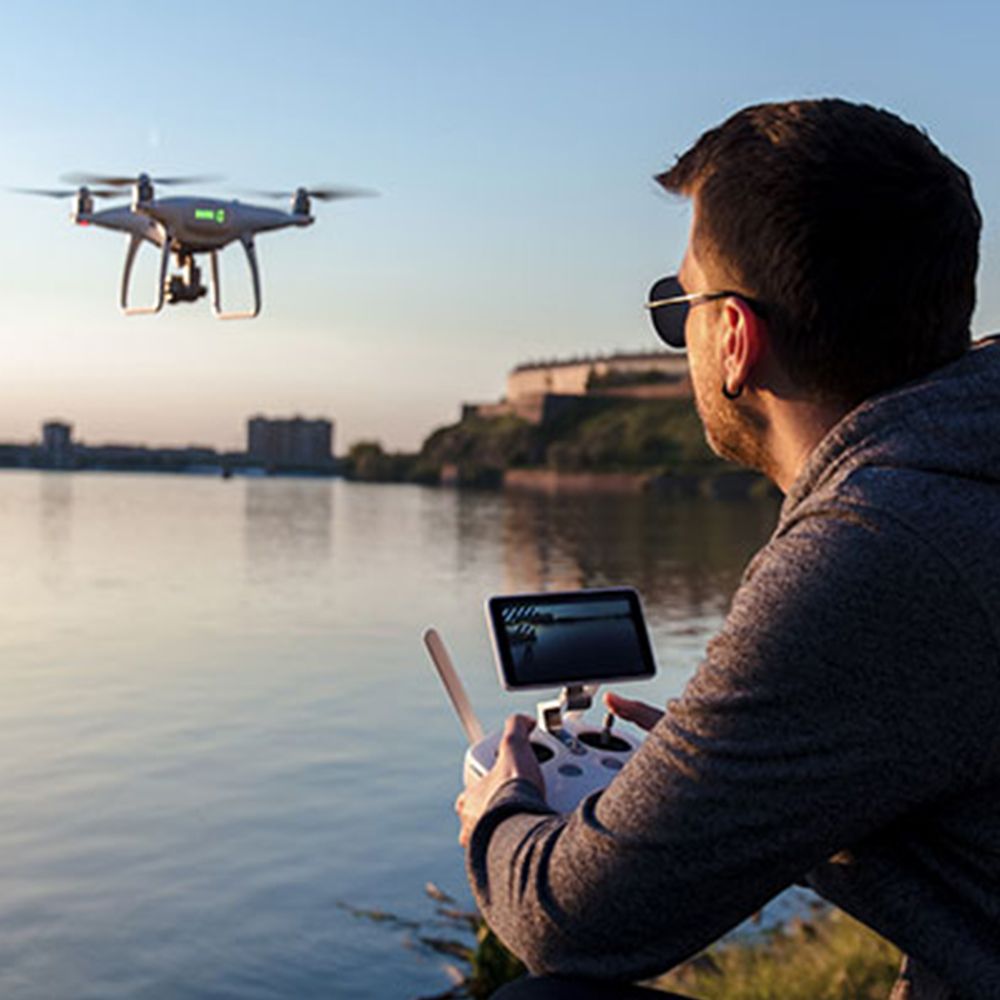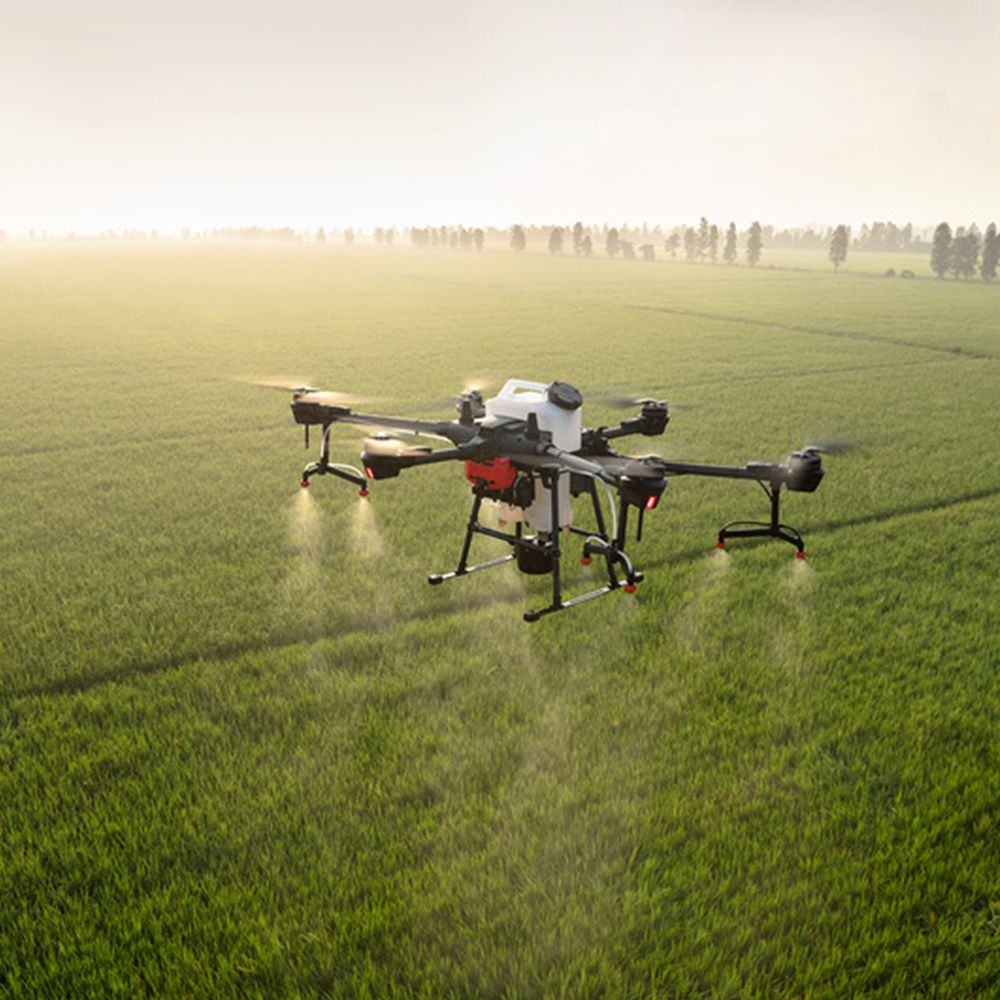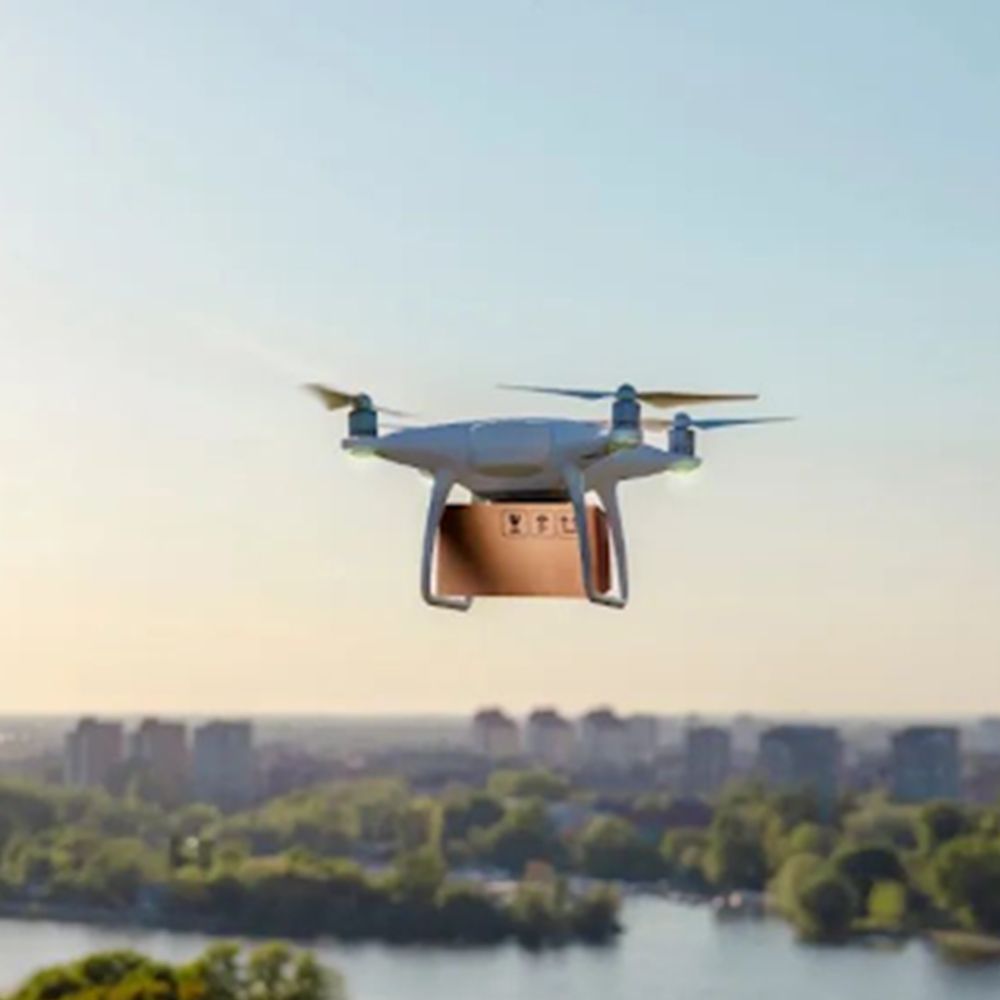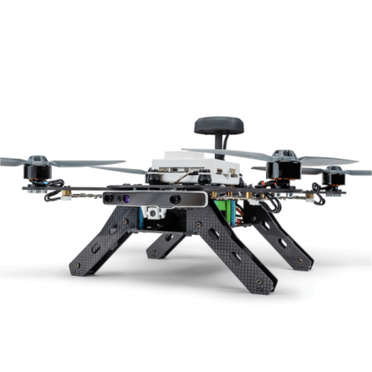Discover how autonomous military UAVs are transforming modern warfare with advanced technology, precision, and intelligence.
Unmanned Aerial Vehicles (UAVs), or drones, are no longer just tools for surveillance. Today, autonomous UAVs are reshaping how military operations are planned and executed. These smart machines fly, gather data, and even make decisions—all without human control.
Let’s take a closer look at how autonomous UAVs are growing in military use.
From Remote-Controlled to Autonomous
In the past, drones needed full-time human operators. Now, with artificial intelligence and advanced sensors, many military UAVs can fly on their own. They can follow a programmed route, avoid obstacles, and respond to threats in real-time.
This shift improves speed, accuracy, and safety. Soldiers no longer need to be in dangerous zones to control the drone. They can let the UAV handle complex tasks from a safe distance.
Smarter, Faster, More Precise
Autonomous UAVs offer real-time decision-making. They process data instantly using onboard systems. This makes them useful in fast-moving combat or surveillance missions.
Some UAVs can detect enemy activity, track movement, and send alerts. Others can carry weapons and engage with targets if authorized. This level of automation saves time and reduces human error.
Global Military Adoption
Countries around the world are investing in autonomous UAVs. The United States, China, Turkey, et Israel are leading in both research and deployment.
For example, the U.S. has developed autonomous swarm drones, which operate as a team. These drones can communicate, move in formation, and complete missions without pilots.
If you want to learn more about how UAVs are used globally, check out this external guide from the Center for Strategic and International Studies (CSIS).
Challenges Still Remain
Autonomous drones bring new risks. What if a system fails mid-mission? What if it makes the wrong decision? These are questions that engineers and governments continue to debate.
There are also ethical and legal concerns. Who is responsible for a drone’s actions if it acts on its own? As tech improves, laws must evolve too.
What’s Next for UAV Technology?
The future of autonomous UAVs is promising. At CAE UJT, we follow and contribute to UAV innovations. Our team tracks the latest trends, builds high-performance systems, and supports future-ready solutions.
Visit our Products & Solutions page to explore what we offer in the field of military and defense UAV systems.
Réflexions finales
Autonomous UAVs are not science fiction—they’re already here. They change how wars are fought and how missions are carried out. As technology grows, these drones will play an even bigger role in defense worldwide.
Stay informed. Stay ahead. Explore more at CAE UJT.
Facebook: Caeujt
Instagram: caeujt
TikTok: drone7401
Gazouillement: caeujtdrone





